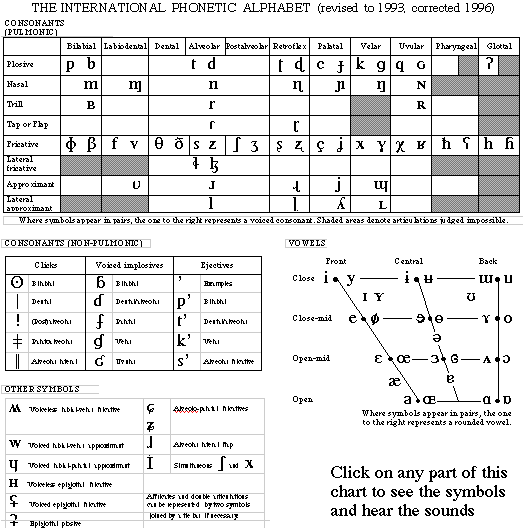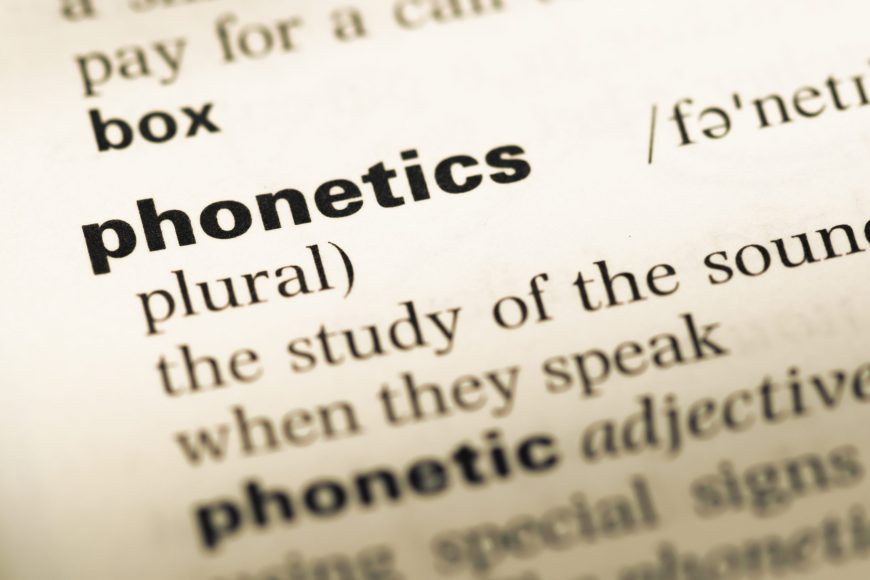If you’re a voice actor or transcriber, phonetic transcription is probably a familiar term. But what is phonetic transcription, and how can you use it to advance your career? In this article, we have compiled all the resources to learn about phonetic transcription.
What Is Phonetic Transcription?
In this article
- What Is Phonetic Transcription?
- Why Is Phonetic Transcription Important?
- How To Use IPA Transcriptions
- Jobs Using Phonetic Transcription
- Other Uses for Phonetic Transcription
- Final Thoughts
Phonetic transcription is a written guide to pronouncing specific words. Typical transcriptions feature the words people say verbatim, including thinking words and sounds such as “um,” “like,” “uh,” or “hmm.”
Phonetic transcription and traditional transcription use different languages. These languages have phonetic symbols, each representing a consonant or vowel sound. Phonetic transcription can transcribe any language in the world.
Phonetic transcription features symbols from the International Phonetic Alphabet (IPA). The IPA is the most widely used and recognized system for phonetic transcription. Some words, like “dress,” look similar to their English spellings when spelled out using the IPA: drɛs. Other words, like the actual word “other,” look quite different: ˈʌð ər.
These differences occur because the Latin alphabet and the IPA have different systems and ways of transcribing audio material. Even if you’re more familiar with the Latin alphabet, it is not difficult to pick up on IPA.
Why Is Phonetic Transcription Important?
All languages have differences in accents and dialects, country to country, region to region, and even town to town. Professional voice actors should be able to adjust their default accents to those needed for their job. This may be tricky, however, which is where phonetic transcription comes in handy.
Even native English speakers mispronounce words if they are not familiar with them; this is where IPA transcriptions and phonetic transcription can help. If you know how to use IPA, whether you know the meaning of the word in question or not, you will have the correct pronunciation from reading the phonetic symbols.
IPA works for every language in the world, not just English. All words have IPA transcriptions. Even if the speaker has never studied the language previously, they can say the words aloud.
How To Use IPA Transcriptions
It may seem daunting, but any voice actor can learn to read and interpret IPA symbols. Adding this skill to your resume can open up a wider array of job opportunities by adding to your independent professional development.
If you’re just starting now, all the IPA symbols are in a chart (below) for easy access. This chart, made by scholars at the University of California, Los Angeles, is interactive, and each symbol you click on will play a corresponding sound. These phonetic transcription examples will help you memorize which sound matches each IPA symbol.
An IPA reader is also a useful tool when getting started reading IPA. This is a web page where you can copy and paste examples of phonetically transcribed words to hear their pronunciations. This will help you figure out how IPA works and how phonetic symbols look and sound when put together.

Jobs Using Phonetic Transcription
Voice actors and screen actors alike can use phonetic transcription to their advantage. IPA is a helpful tool that voice actors can use to ensure that they pronounce words correctly. For example, if an actor is from Toronto, but a character they play is from Dorchester, England, that actor can use IPA transcriptions to master that accent.
Another essential voiceover job is pronunciation guides. Pronunciation guides have many uses. Audiobooks with fantasy worldbuilding and unconventional personal and place names regularly have pronunciation guides at the beginning or end of the book. Print versions of the book often include these pronunciation guides.
However, without hearing someone reading these words aloud, readers are still left to guess the pronunciations themselves. Audiobook pronunciation guides can offer authoritative pronunciations of names, places, and new words as the author intended, which helps engage their readers even more.
Pronunciation guides are essential for other topics as well. As a voice actor working with phonetic transcriptions, you could pursue jobs making pronunciation guides for medical textbooks, engineering manuals, chemical formulas, and even the Latin words and phrases used in legal terminology.
Proper pronunciation guides are helpful and effective in making sure listeners and speakers can understand and pronounce topic-specific jargon.
You could also land a job recording audio for text-to-speech enabled software. To maintain consistency and total accuracy in audio recordings, your employer may opt for phonetic transcriptions of the words you are to record, so you will need to be able to interpret and read IPA transcriptions aloud.
Another interesting use of phonetic transcription is to help readers speak lines in a foreign language. Even if they are familiar with the language in question, using phonetic transcription through IPA can aid the speaker in pronouncing the words correctly.
Other Uses for Phonetic Transcription
In the 1964 film production of ‘My Fair Lady’, Henry Higgens uses the International Phonetic Alphabet to transcribe every word that Eliza Doolittle says—or more accurately, every sound she makes. If he wrote down the actual English words she was using, the transcript would not accurately relay the sounds she said, which would make his notes useless.
If you’re looking to preserve a manner of speaking or even sounds from another language, phonetic transcription will do the job. IPA represents every sound that human beings are capable of making in speech.
You can also use phonetic transcription to direct readers in pronunciation. In the case of voice recordings done for anthropological, socioeconomic, sociolinguistic, ethnolinguistic, or any other type of research, phonetic transcriptions of the recordings are the most useful because they don’t require voice actors to understand complex words.
Final Thoughts
It may seem daunting to learn a whole new language, but the IPA is easy to use. Many sites have phonetic transcription of words examples, including the dictionary! In reality, the IPA is a very common, albeit subtle, part of life. And once you’ve figured out how the IPA works, then you’ll be able to confidently read anything you come across with perfect pronunciation.
Looking for translation services? Voices has you covered. Discover our vast array of translations options today.

Comments
I found your piece very interesting. Could you emphasize the phonemic qualities of English speech sounds too? Perhaps that would clearly show the phonetic qualities of English sounds.
Really, I was thinking of phonetic transcription of glottal sounds , aspiration etc.
As
Thank you for the suggestion! We’ll pass this along to our Content team.
Its usefull
The information is having good depth
I find this sight really helpful.thanks.